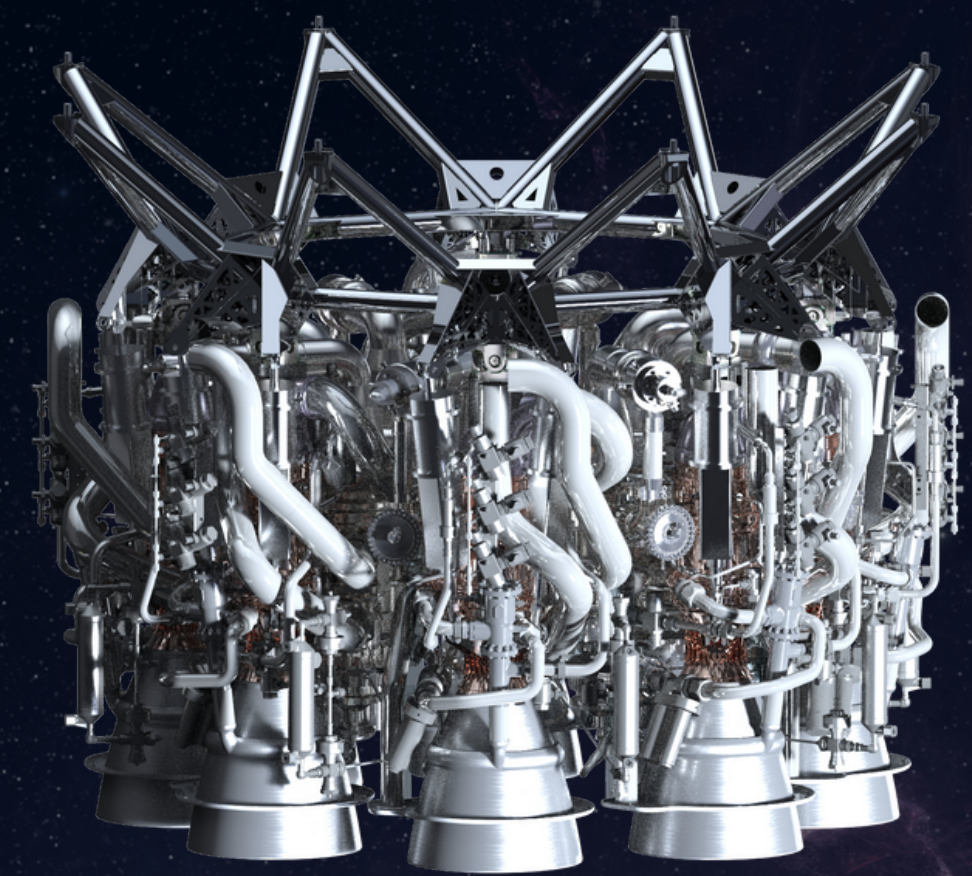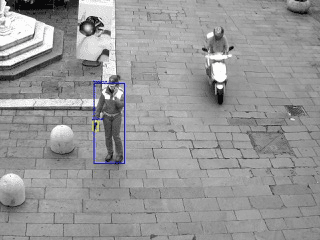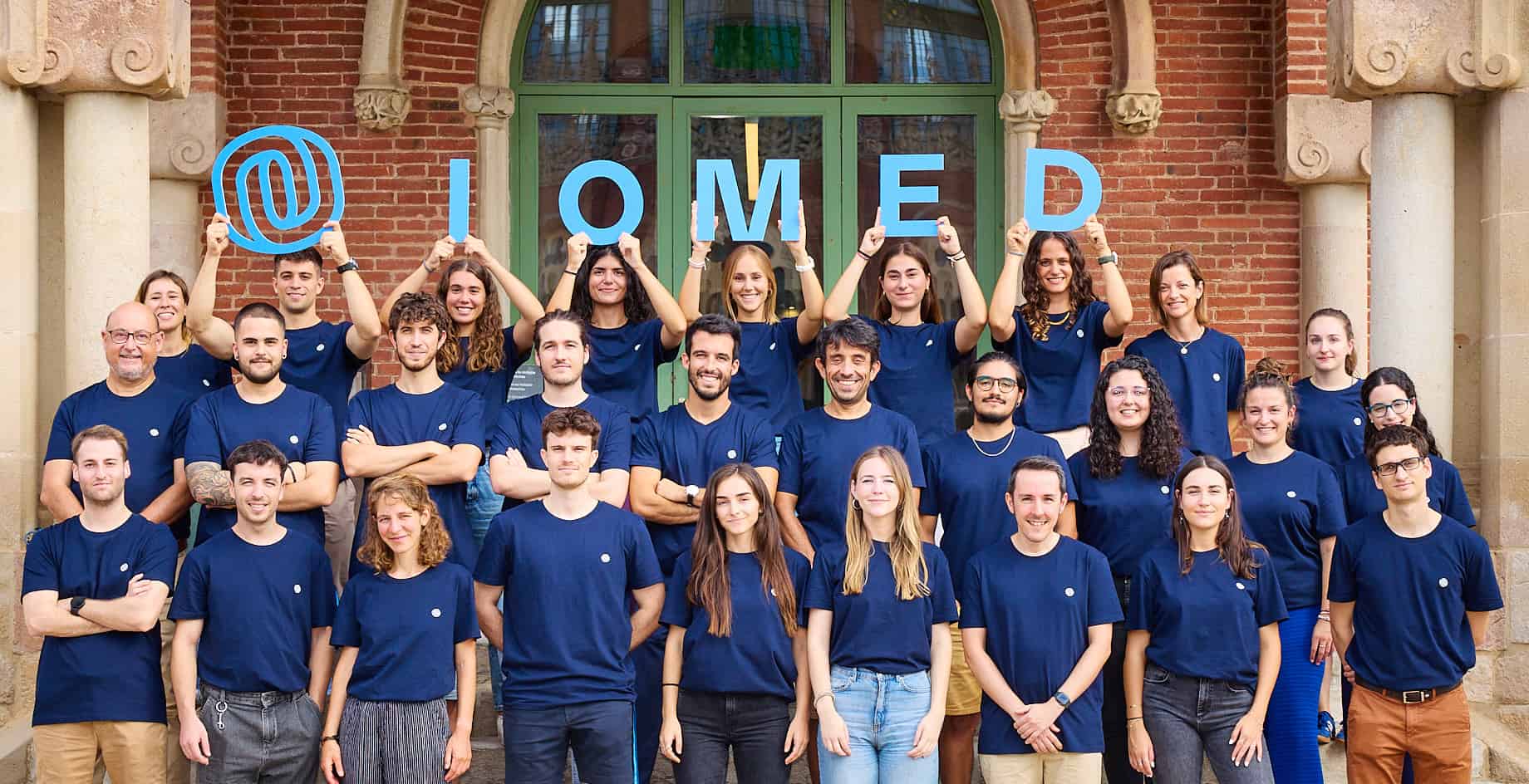
About Neuraspace
- Founders: Nuno Sebastiao, Chiara Manfletti
- Founded in: 2020
- Employees: 23
- Money raised: -
- Ultimate goal: Address space safety as a topic and contribute to the sustainability of space.
Space safety is an emerging topic that gains more and more importance every day. Now, more than ever we talk about exploring space, visiting and even living there. And while we talk about sustainability and safety on the Earth, space is also something we need to think of as a community. Just as we tackle debris on the planet, we need to also handle space debris. That’s the reason why Neuraspace was founded. With their software, they identify potential collisions between satellites and space debris and help prevent them from happening. In today’s episode of the start-up-of-the-day series, Chiara Manfletti gives us an overview of their work.
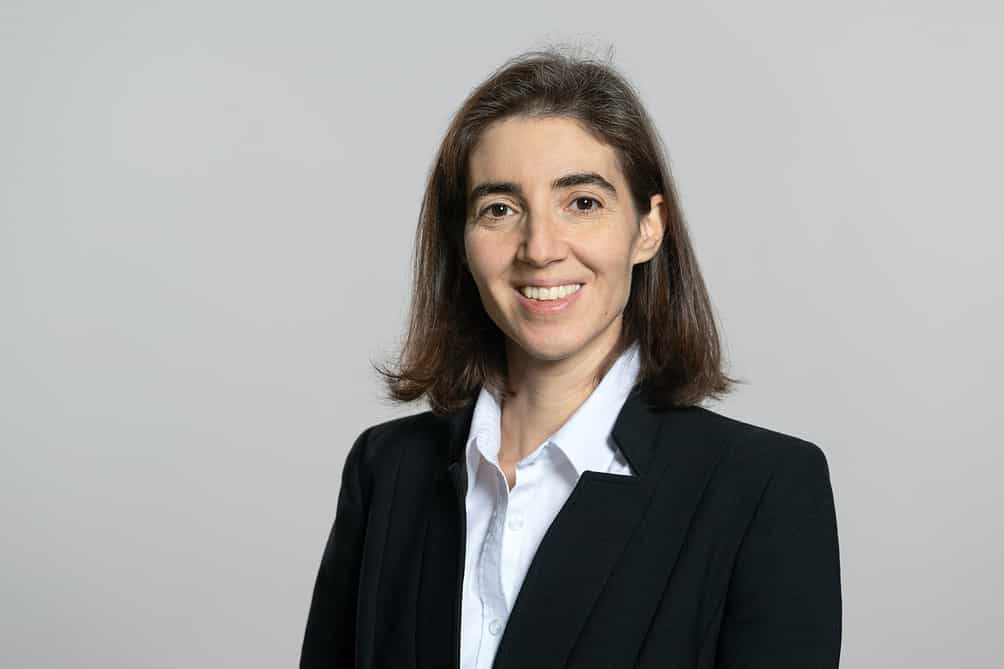
What do you actually do at Neuraspace?
“The problem is if you have an object in space that is traveling around at that high velocity, and you have a healthy satellite, if this object hits it, then it will destroy your satellite. We want to help satellite operators avoid collisions between either active satellites to active satellites or debris to active satellites. We look at potential collisions that will happen in orbit. When there are objects in space, then they may collide with a certain probability. We look at these potential collisions in orbit, and we analyze the probability and the risk associated with them. If there is a collision, that will happen with a certain level of certainty and risk, then we generate a piece of advice for the satellite operator to maneuver out of harm’s way.
We created a software solution, which automates the entire process because satellite operators are confronted with many data points regarding potential collisions. They have to then manually understand if this is a real risk. If it is not a real risk, we help them filter all of this information and find the critical cases that they have to deal with. And we do this in an automated way.”
What is “space debris”?
“Space debris is basically pieces of infrastructure satellites, and rocket bodies. It’s just pieces of hardware, or entire satellites, which are no longer active. Imagine a car, which is no longer functional and that would be earthly debris. In space, if we have defunct objects, which are not working anymore, we call them space debris. Because of the physics behind it, if you have an object in space, it’s traveling at a certain velocity in an orbit. Depending on the mass, certain objects have very high kinetic energy and if it impacts something else, it can destroy it.”

How was Neuraspace created?
“The story is quite interesting in fact. The man behind the idea of Neuraspace, Nuno Sebastiao, used to work at ESA (European Space Agency) and when he left he wanted to start his own company for AI and machine learning for fraud detection in the financial world. One day he came to my office and asked if I thought space debris was a topic. Then of course I said it was a topic.
I had just convinced the Portuguese government that investing in space safety was a very good future-oriented decision. During our conversation, I gave him the right thoughts and what to think about. Then he decided to start Neuraspace and when he heard I was leaving the ESA he asked me to come on board and lead the company.”
What have been some of the challenges that you have faced?
“I have always believed that any human can do anything if they identify the problem. Then they can find a solution for it. I think the challenge associated with all of this is finding the best way to provide the best advice to operators. For us, it’s not just about creating the solution but going to the next step.
One of the things that, for example, we’re doing is using artificial intelligence machine learning to provide even better advice. And here, of course, it’s not enough to just have some AI machine learning algorithms, but have AI and machine learning algorithms that are tailored to the specific problem and going towards the solution. This is what provides added value to the customer. For example, just now we’re in the process of putting an AI and machine learning algorithm, which predicts certain parameters. These parameters help describe potential collisions, and what is the uncertainty linked with the location of the satellites.
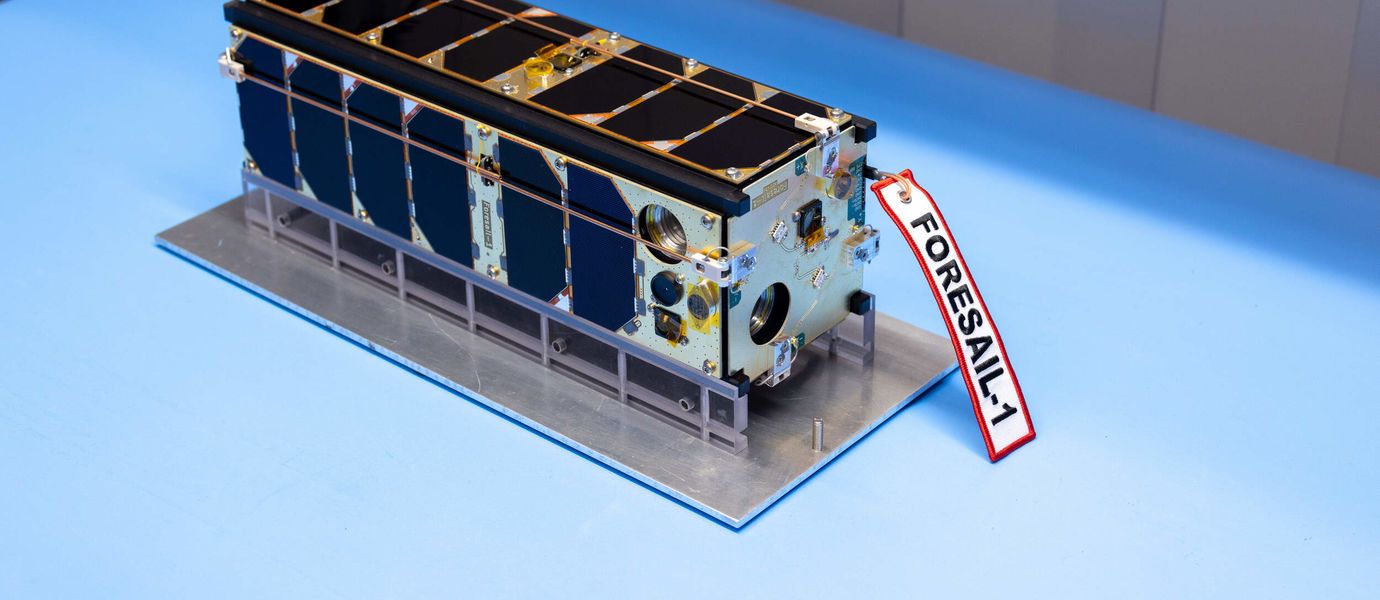
One of the biggest challenges is that not only do we have objects in space, but we do not know exactly where they are. And these uncertainties are quite big. What we do is we project in time these uncertainties using AI and machine learning models so that we can provide better advice to the operators. I think the difficulty here is providing a technological, global solution that will fit the needs of everyone but also tailoring advice for each and every operator. That requires in-depth knowledge of the problem and AI machine learning elements.”
What makes you go to work every day?
“There are multiple things, to be honest. One of the things is the topic itself because I believe in space safety and that we are responsible for keeping space safe. It is also fundamental that I am an engineer and solving difficult technical problems is something that thrills me. On top of that, Neuraspace is a start-up. The adventure to create a company and make it successful is great. The people I work with are amazing. It’s fantastic!”
Where do you see yourself in five years?
“In five years, we will certainly be a leader in space traffic management. We see ourselves as leading that working segment. We see ourselves as having the infrastructure in place and we see ourselves also as thought leaders and innovators for doing these operations in space in a different way.”
